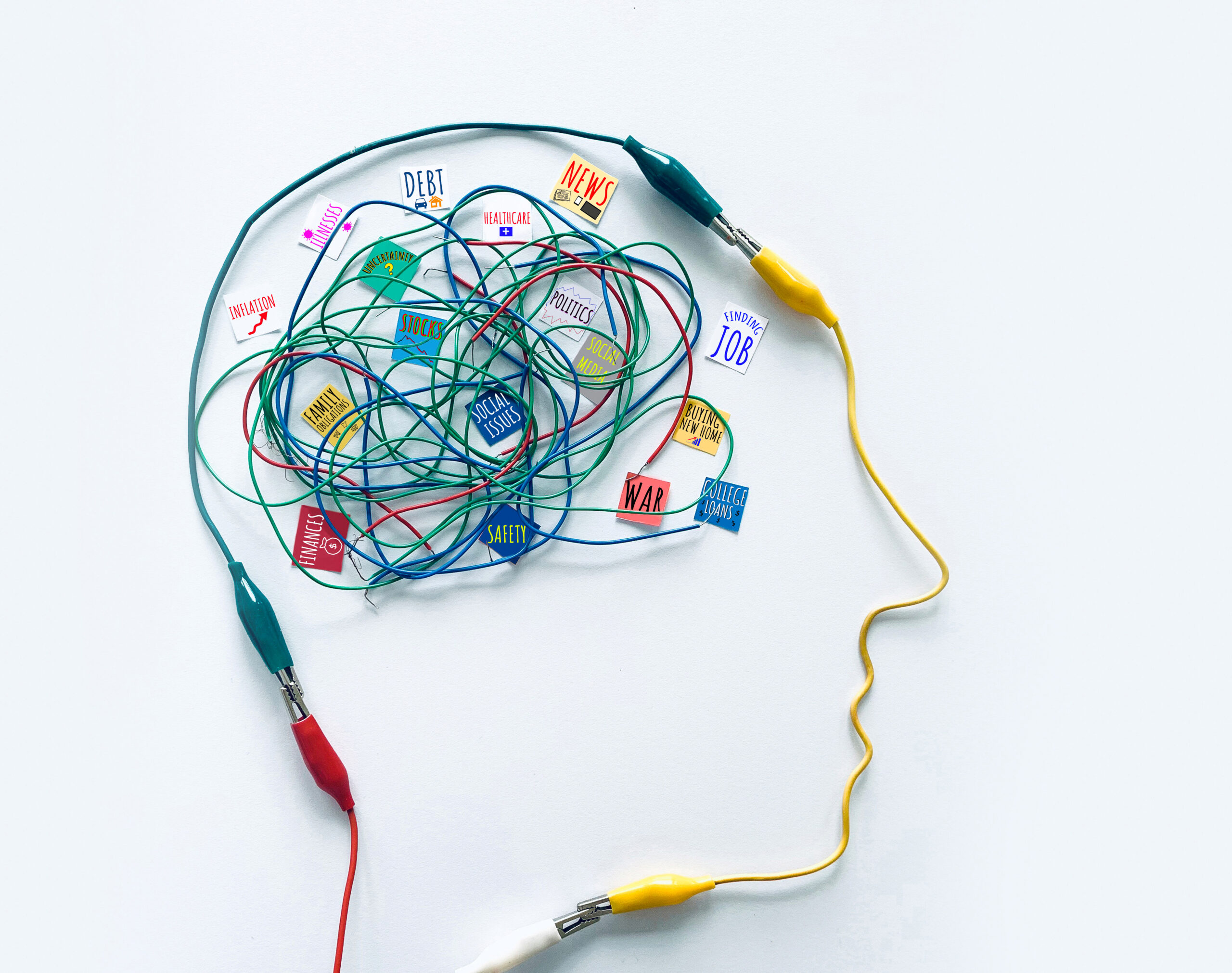As published in Ad Age
Many have described ad tech as a black box sitting atop a runaway train, with marketers in the caboose, fearful to stay aboard but more fearful to get off. Left to the engineers alone, “quality digital advertising” is virtually an oxymoron. Marketers are frustrated that foundational human elements like insight, trust and creative instincts have largely been stripped out of ad tech.
But now marketers are moving with stunning speed to regain control of this runaway train by consciously “humanizing” marketing technologies.
These five humanization strategies are powerful because they allow us to balance what people do best with what machines are engineered to accomplish.
1. Stop using ad tech — start thinking ‘martech’
Marketing is a human process, not the fragmented ecosystem we now call “ad tech.” To break out of the ad tech sand trap, let’s shift thinking so that martech is promoted as the high-level process architecture of marketing and ad tech is demoted to be the mere “stuff” that drives martech. With this organization, marketers can answer two simple, human questions with every campaign: “Now what?” and “So what?”
2. Stop chasing tonnage — start using ‘quality scale’
Chasing tonnage — – impressions, audience size, etc. — works completely against great contextual marketing, where the content of the web page and the ad are related. The human fix lies with advertisers’ radical willingness (and courage) to wholesale reject tonnage, and instead opt for quality outlets. While picking quality outlets may be more labor intensive, this marketer act of resistance will reverberate quickly across the industry, forcing new conversations about quality.
3. Stop accepting black box promises — start developing trust instincts
It is very, very difficult to cleanly test ad tech platforms against each other. To regain control, marketers should start looking at the human angle. Start asking for client references instead of campaign results alone. Take a look at the CEO of a venture to know whether her platform is deserving of your trust. Numbers are important, but executive and business reputation carry more weight.
4. Stop being in awe of big data — start being skeptical of all data
In my experience, marketers approach big data in hushed tones usually reserved for data priests (rarely priestesses) who deliver their algorithmic prognostications to the paying congregation. Don’t buy it — literally. Data isn’t a pure science of zeros and ones but a discipline where data architects design (yes, “design,” with all the creative nuances that implies) data sets, mathematical weights of variables, and which data is collected. The humanization strategy here is for marketers to ask lots of tough questions, such as, “What is the source of this data?” or “How is the data quality audited or measured?” Rigorous questioning (even if you fake it initially) will put all platforms on notice that ill-gotten data eventually will be outed, with correspondingly negative consequences.
5. Stop believing in automated marketing — start celebrating the intense artistry OF platforms
Let’s look at the programmatic space to illustrate this point. Generally, most marketers expect media buying platforms to be mostly “hands-off” once the campaign is live. Reality tells a different story. It turns out that programmatic media buying is very creative and very, very hands-on. Talented media people orchestrate a digital symphony of white lists, black lists, CPMs and KPI optimization. This level of artistry often goes unrecognized, much less appreciated. Celebrate the artistry of platform management to get the best value from the technology.
Since 2011, technology drove how marketing evolved. As the humanization wave sweeps across marketing, it is marketers who are regaining the controls. This is how it should have been all along.





